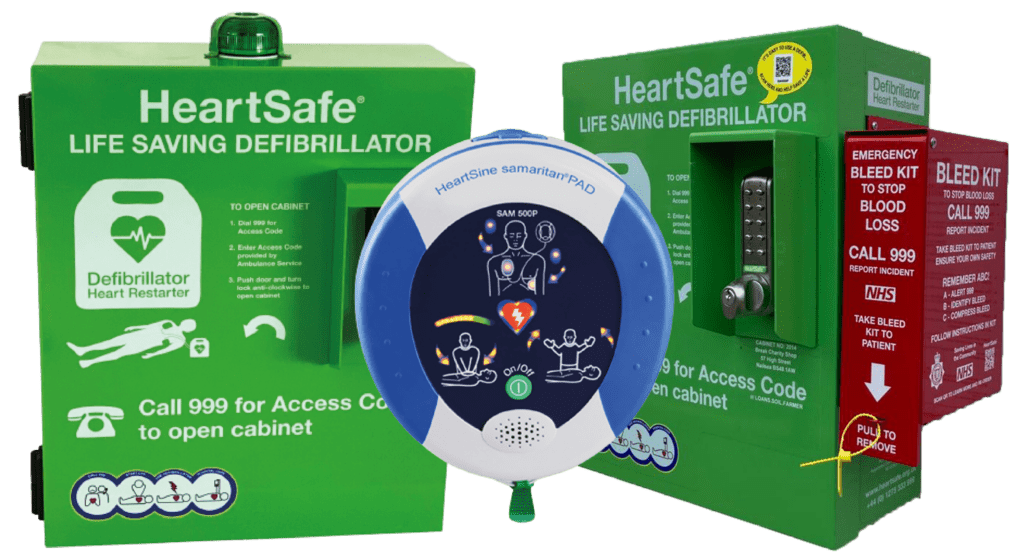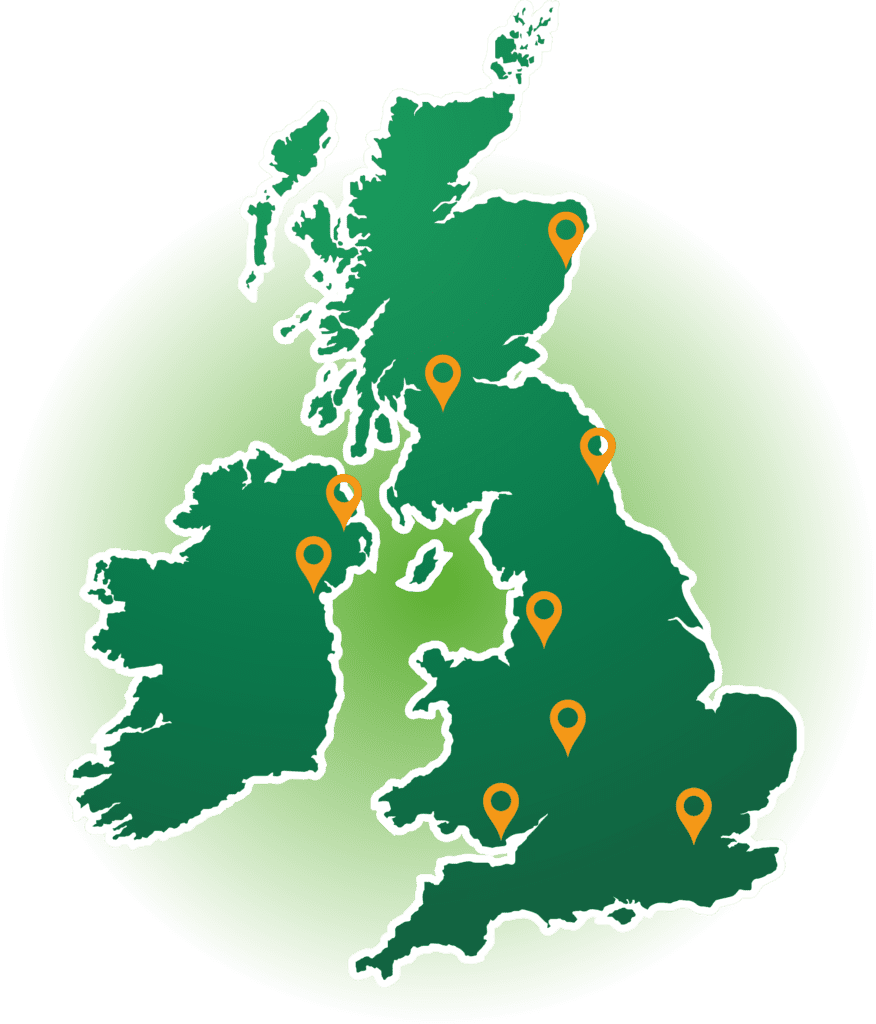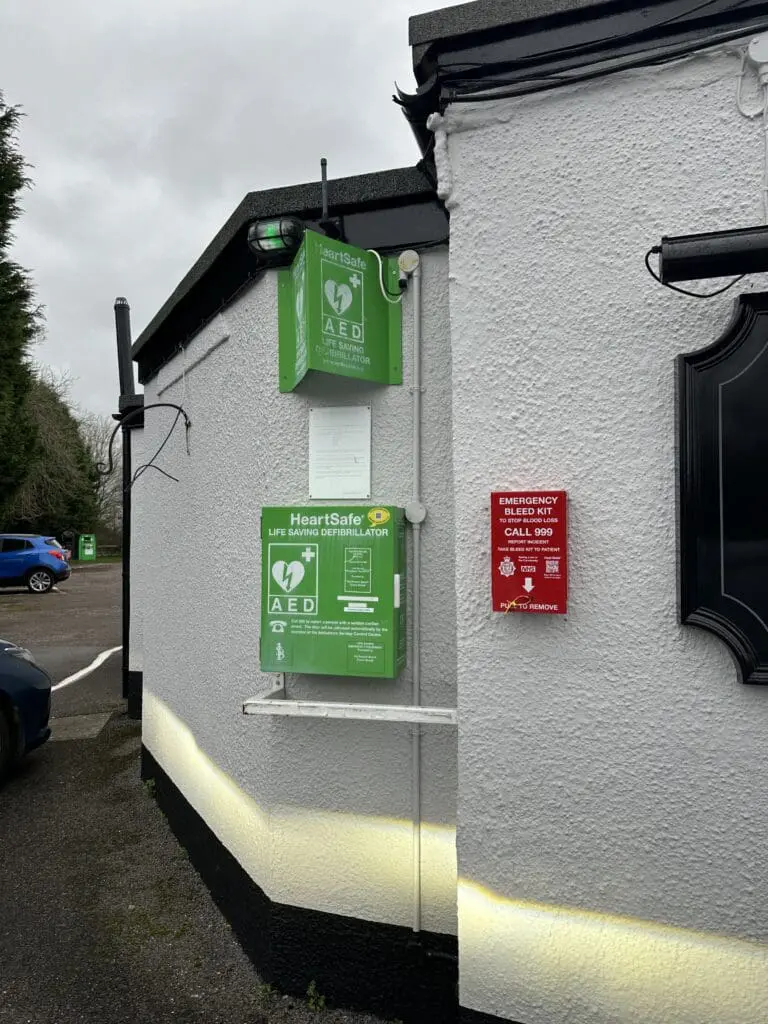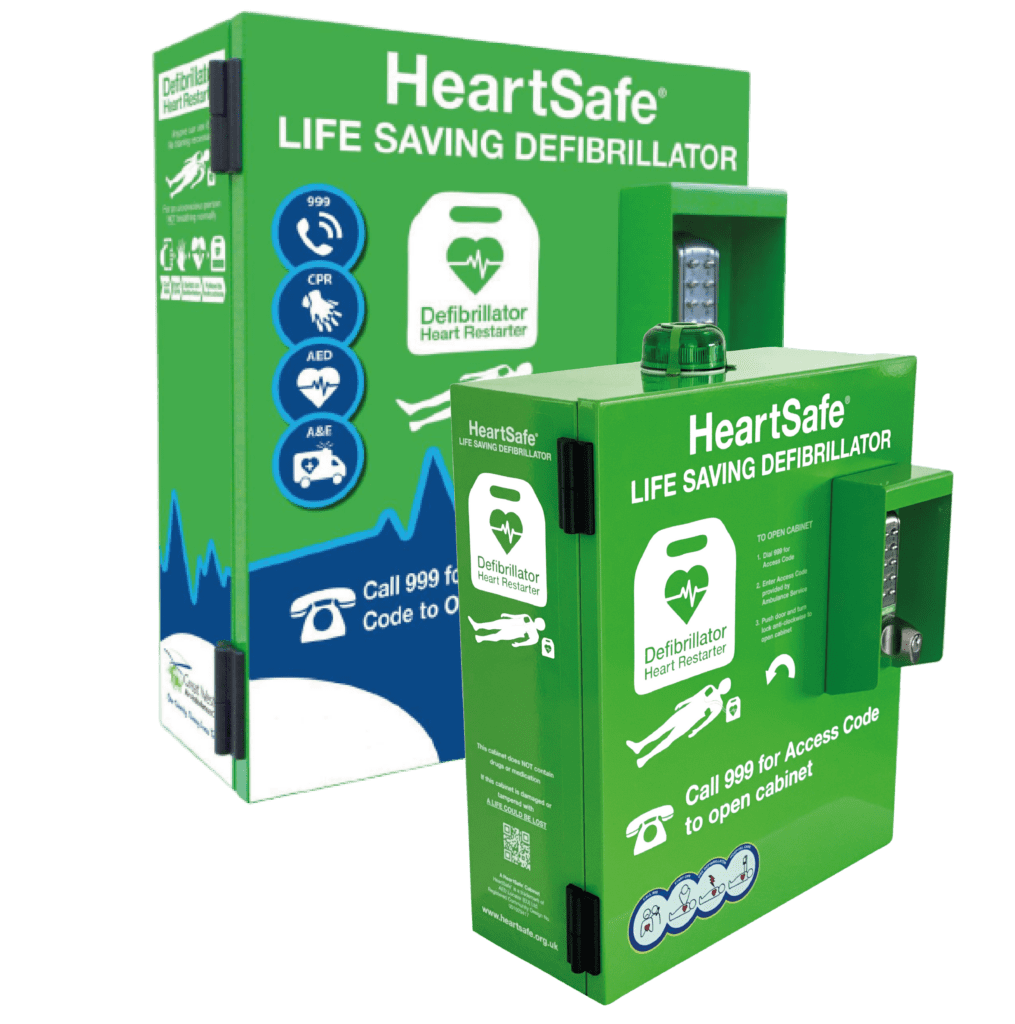A Guide On How To Find Your Nearest Defibrillator

Finding your Local Defibrillator
In an effort to enhance community safety and preparedness, the initiative to make Automated External Defibrillators (AEDs) more accessible and known to the public has led to the creation of comprehensive AED locator maps. These maps serve a critical role in emergency situations, particularly during instances of sudden cardiac arrest, where the timely use of an AED can significantly increase the chances of survival. Here’s a guide on how to find your local defibrillator, emphasising the importance of being prepared ahead of time.
Familiarise yourself with AED Locations
Knowing the locations of Automated External Defibrillators (AEDs) in your area, whether it’s at your workplace, local sports club, school, or within the community, is essential. It’s advisable for people to familiarise themselves with these locations before an emergency occurs. Being proactive and prepared can be a lifesaver, literally, as it helps to significantly reduce response time in situations where every second is critical.
Check our AED locator map to discover the nearest defibrillator to you.

Identifying AEDs
Defibrillators are easy to identify in their green cabinets with clear signage. This makes them easily identifiable in public spaces. Knowing what these cabinets look like and remembering their locations can facilitate a quicker response during emergencies.
Registering and Locating AEDs
Owners of AEDs are encouraged to register their devices on dedicated platforms. This registration process ensures that AEDs can be quickly located through the locator maps and are accessible to anyone in need. For those looking to find a local AED, these maps display both public access defibrillators, available 24/7, and those with limited access, which have specified availability hours.
The registered AEDs come with detailed information, including the exact address and postcode, making it easier for individuals to find the closest device in times of need. The goal is to ensure that every member of the public has quick and immediate access to a local defibrillator.

Example of clear, green signage and green defibrillator cabinets.
Choosing the Right AED
For those considering adding an AED to their community or facility, it’s important to select a device that is user-friendly and reliable. Devices like the HeartSine Samaritan 500P, which is designed for laypeople with minimal or no training, are highly recommended. This particular model stands out because it provides accurate CPR feedback to the user, enhancing the effectiveness of the rescue efforts.
Explore the variety of defibrillators offered by Heartsafe and compare the options to find the one that best meets your needs.

In Case of Emergency
In an emergency, it’s vital to act swiftly. Call emergency services immediately, and if you’re directed to use an AED, remember that these devices come with instructions to guide you through the process. After use, there are also guidelines on how to return the AED to its cabinet or owner, ensuring it’s ready for the next emergency.
Being aware of your nearest AED location is a critical component of community safety. Taking the time to familiarise yourself with AED locations and how to access and use these devices can make a significant difference in emergency situations. Remember, in the fight against sudden cardiac arrest, knowledge, and preparation are key.
